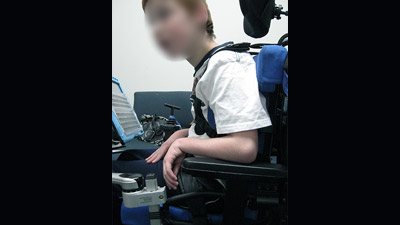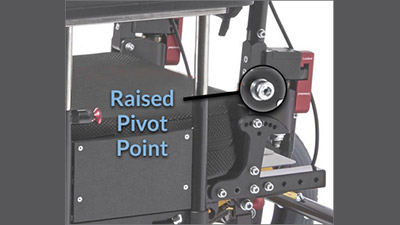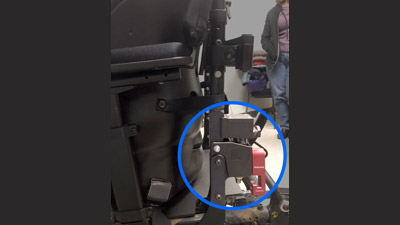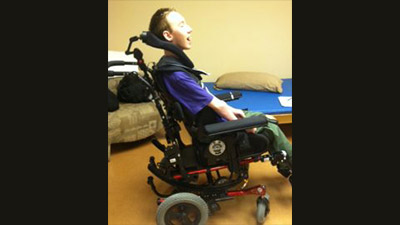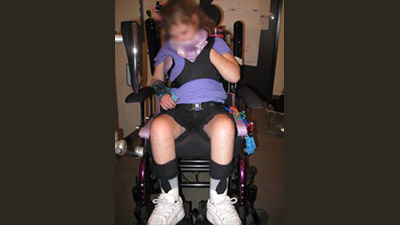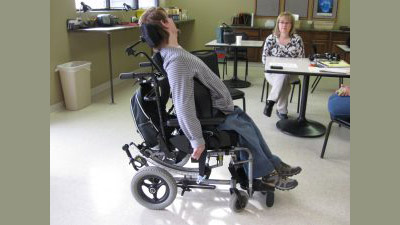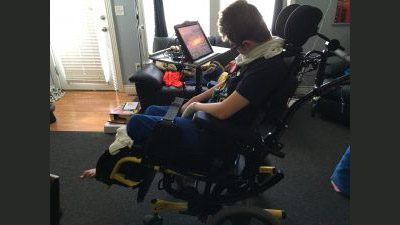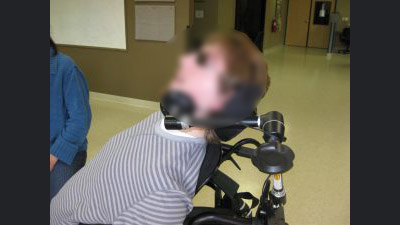Supplier Interview: Concussions don’t Just Happen in Football
Recently I had a nice conversation with a colleague about Dynamic Seating. Joe McKnight is Director of Business Development in California, Nevada, and Arizona for Numotion, and he has been in the wheelchair seating and mobility field for a long time – probably longer than he would like to admit! Having that much experience provides a unique view. Joe states that “how we practiced 30 years ago and how we practice now should be different. We need to re-evaluate how we are doing things and how we need to change.”
Dynamic Seating Provides Anterior Movement Of The Trunk – Part 2
Our last blog addressed dynamic seating used to provide posterior movement of the trunk. Anterior movement of the trunk can also be facilitated.
3 Reasons to Provide Dynamic Posterior Movement of the Trunk and Pelvis
Seating Dynamics explains how a dynamic back rest provides clients with posterior trunk and pelvis movement.
Allowing Movement Of The Pelvis Without Loss Of Position
Seating Dynamics explains how dynamic pelvic components allow clients to tilt their pelvis forward and return upright to a neutral position.
Dynamic Seating – Integrated Vs. Modular Systems
Dynamic seating provides movement within the seating system and/or mobility base. Dynamic seating systems are either integrated or modular.
Dynamic Seating to Provide Vestibular Input, Part 2
Our last blog discussed how dynamic seating can provide vestibular input for clients. Vestibular input can, in turn, calm agitated clients and help sub-aroused clients be more alert. Movement can also increase comfort and general muscle activity.
Dynamic Seating To Provide Vestibular Input, Part 1
Dynamic Seating moves in response to client forces. Many clients move, not due to increased extensor tone, but rather for the explicit purpose of moving. We all tend to seek out movement. We are wired to move and movement has so many benefits. Movement can calm, arouse, work muscles and provide comfort by varying our position.
Using Dynamic Seating To Diffuse Force And Reduce Overall Extension
As discussed in our last 2 blogs, dynamic seating is commonly used to prevent breakage of the wheelchair seating system and frame. Another common application of dynamic seating is to diffuse force and reduce overall extension.
Dynamic Seating To Prevent Equipment Breakage, Part 2
Our last blog addressed using dynamic seating to prevent equipment breakage, particularly with clients who exhibit increased muscle tone. These clients often display strong extension, sometimes referred to as an “extensor thrust.” This intermittent and strong force can lead to breakage of the wheelchair seating system and frame.
Dynamic Seating To Prevent Equipment Breakage, Part 1
Dynamic Seating is often used to prevent equipment breakage. Some clients who use wheelchair seating exhibit increased muscle tone. This is common in clients with diagnoses such as cerebral palsy, traumatic brain injury and Huntington’s disease.
- « Previous
- 1
- …
- 16
- 17
- 18


